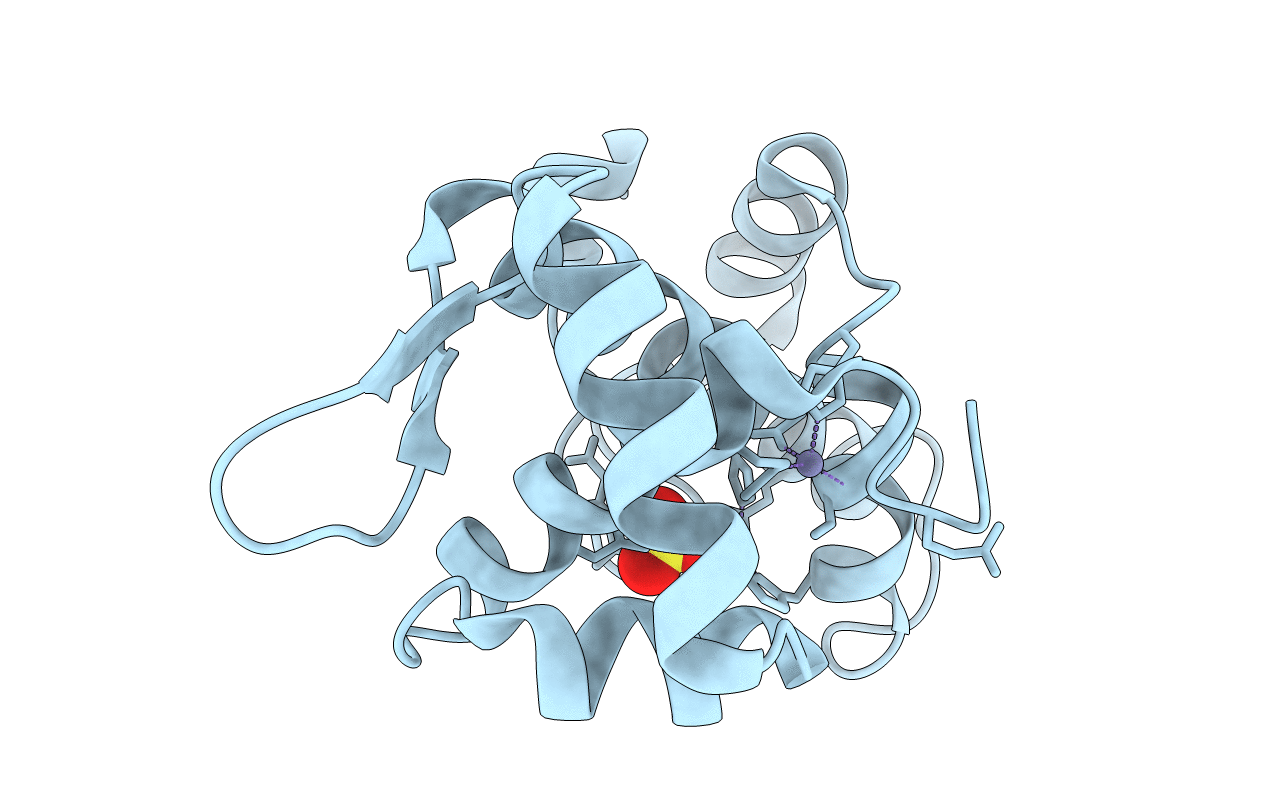
Deposition Date
1998-11-19
Release Date
1999-12-03
Last Version Date
2023-12-27
Entry Detail
Biological Source:
Source Organism:
Mycobacterium tuberculosis (Taxon ID: 1773)
Host Organism:
Method Details:
Experimental Method:
Resolution:
2.60 Å
R-Value Free:
0.36
R-Value Work:
0.28
R-Value Observed:
0.28
Space Group:
P 62


